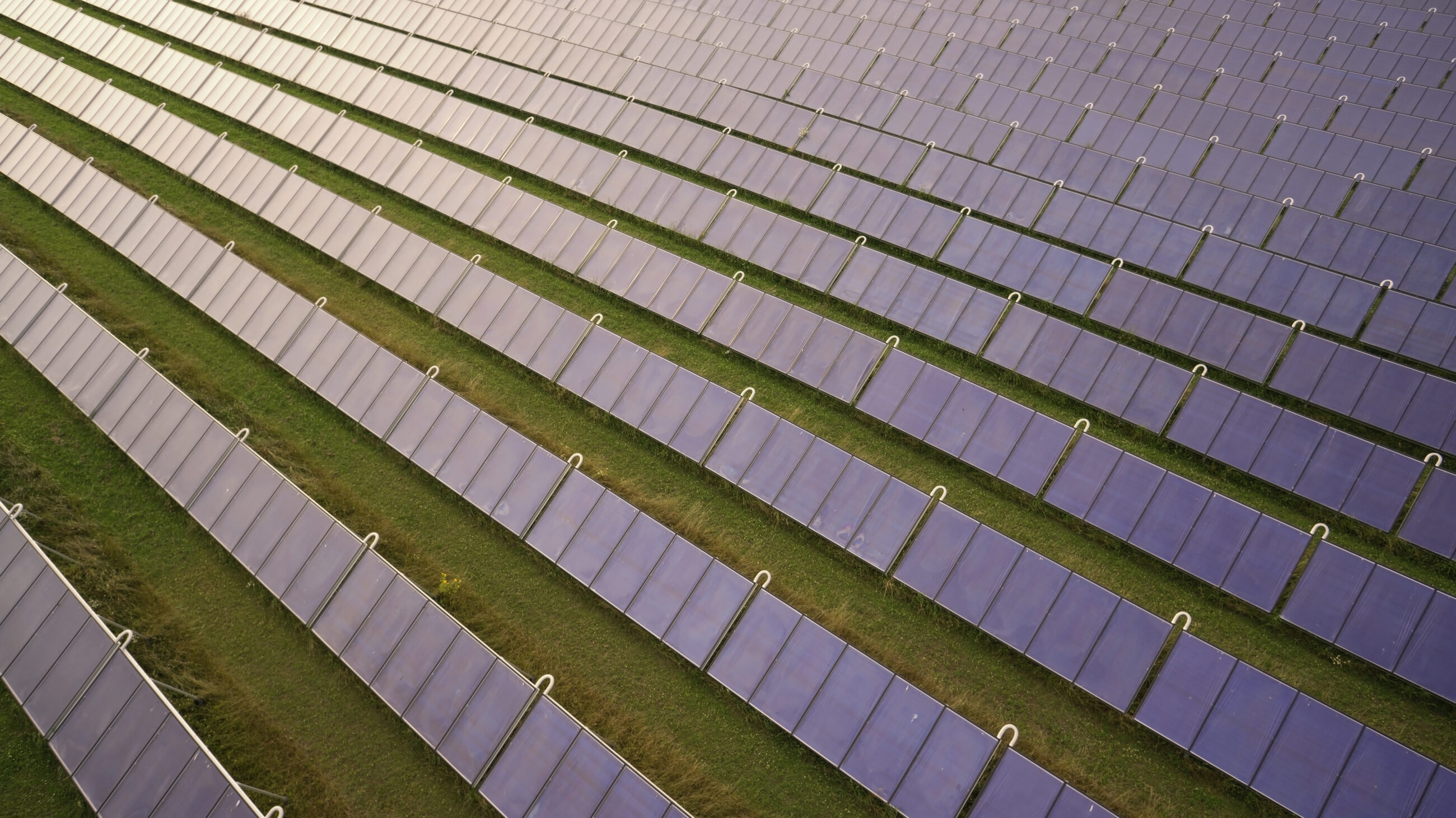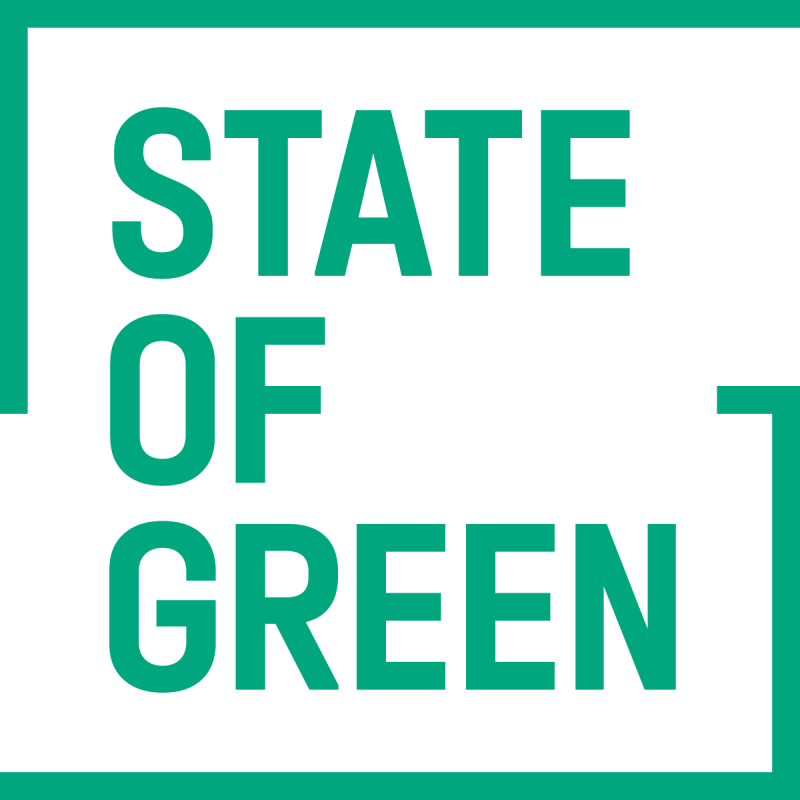Download our publication on district energy
This article is part of our publication ‘District Energy’
Download nowPerspective
District energy
District heating
Solar thermal energy


In Dronninglund, Denmark a large-scale solar thermal installation combined with large-scale seasonal thermal energy storage supplies 40 per cent of the annual district heating demand.
Large-scale solar heating has been installed in numerous district heating power stations since the 1980s. The sun is the cleanest of all energy sources and the most powerful source of sustainable energy, emitting zero CO2. The cost of the sun is always the same: zero. Even taking the cost of the facilities
into account, large-scale solar thermal installations will generate the lowest possible heating costs. Furthermore, it makes no noise, does not release any smell and does not spoil the environment. With the latest innovative development, allowing also large-scale storage of the solar energy, this technology has been taken to a new level. In Dronninglund, 1,350 district heating customers are happy and proud of their clean, renewable technology because
it benefits the environment and has lowered their heating bills by about 20 per cent.
This article is part of our publication ‘District Energy’
Download nowIt all began when the 40-year-old oil boiler needed replacement. This was a good occasion to rethink the whole setup and decide which installation would serve the district heating plant most effectively in the future. With assistance from advisers, it was concluded that a replacement of a part of the fossil fuels with solar thermal energy would make sense, both in economic and environmental terms. The installation consists of 2,982 solar collectors equivalent to a 37,573 m2 solar heating plant.
A huge seasonal thermal energy storage has been established. It is a water basin formed by a welded liner with an insulated lid, which is filled with 62,000 m3 of water. It works like a thermos flask, allowing the energy to be stored from summer to winter. During summer, the plant produces 10 times the demand for heat per day, and the excess heat is stored for later use. That makes it possible to cover 40-50 per cent of the annual heat demand with solar thermal energy, using only solar power from May to October. During winter, the heat supply is supplemented with natural gas and bio oil. The plant has reduced CO2 emissions by approximately 2 tonnes annually for each household it supplies.
Dronninglund District Heating received EUROSOLAR’s European Solar Prize Award 2015. The prize recognises and promotes pioneers and leaders within solar energy, as well as providing fresh impetus to a renewable energy-based and decentralised energy turnaround.